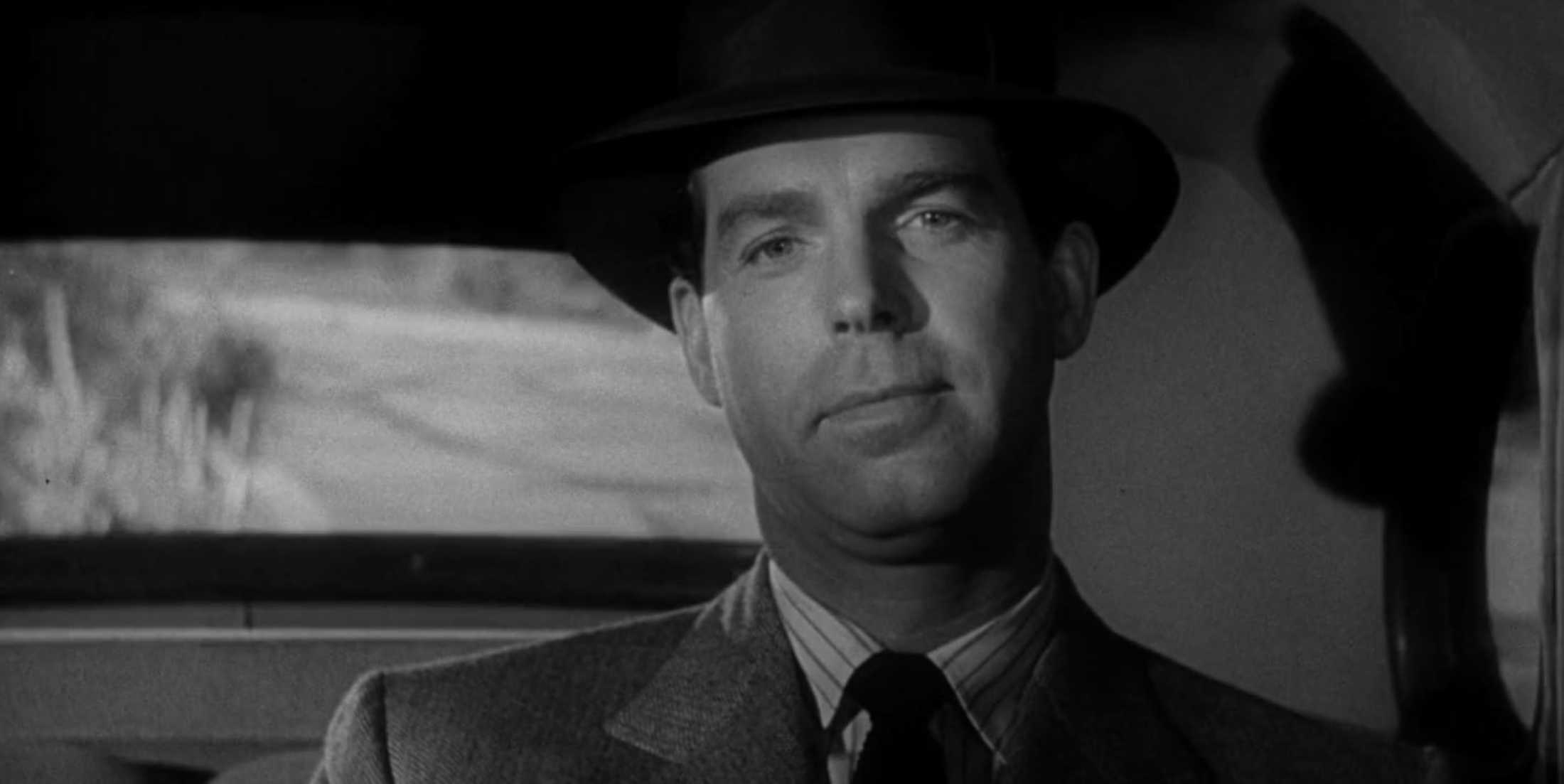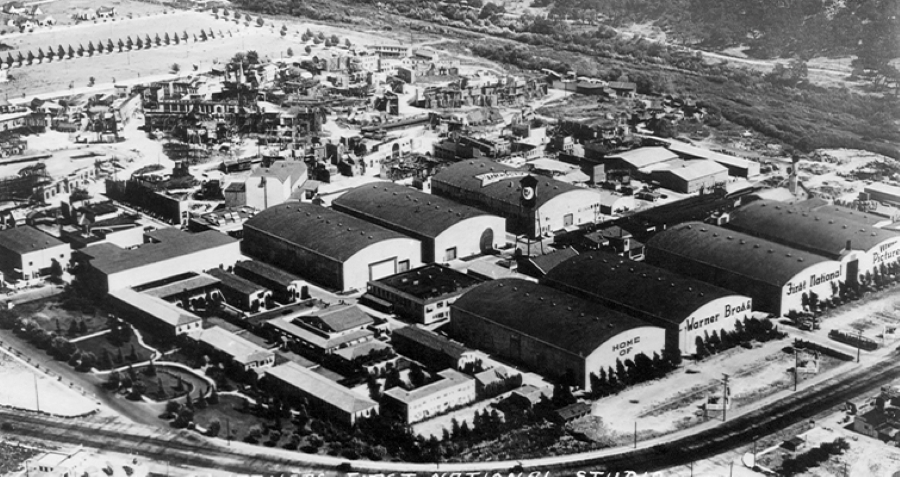
The Golden Age of Hollywood and its stars
From the advent of the talkies to the iconic era that gave us legendary stars such as Bette Davis, Doris Day, Katherine Hepburn, and timeless figures like Humphrey Bogart, the golden age of cinema stands as a pinnacle in film history. This era, a true golden period for American cinema, saw the dominance of the studio system from 1929 to 1948.
 Humphrey Bogart . Trailer of the film 'The Petrified Forest'
Humphrey Bogart . Trailer of the film 'The Petrified Forest'The studio system was the driving force behind cinema during the Golden Age of Hollywood. There were five big studios known as the ‘big five’. They comprised MGM (Metro- Goldwyn- Mayer), Paramount, Warner Brothers, Fox and RKO Pictures. They were vertically integrated as the studios' in-house' controlled the films' distribution, production and exhibition. And three smaller companies that couldn’t own their cinemas were Columbia, Universal and United Artists (the latter created by Charlie Chaplin, Mary Pickford, Douglas Fairbanks and D.W. Griffith because of how controlling the studios were.)
 Warner Brothers’ First National Studios © Shutterstock
Warner Brothers’ First National Studios © ShutterstockThe big five had their own cinemas and would offer independent cinemas a block booking of their films; however, these would be mixed with a small amount of good, profitable movies and more unattractive films.
For instance, Paramount Pictures, one of the big five, released the unforgettable film ‘Double Indemnity’ (1944), a noir classic that still enthralls audiences with its suspense and intrigue.
The Golden Age of Hollywood also saw the emergence of unforgettable stars, and the careers of actors like Bette Davis were marked by their remarkable performances. One of her most enduring works, ‘Jezebel’ (1938), showcases her fierce charisma and reflects the intense realism and dramatic storytelling that defined the era.
The end of the classic Hollywood studio system
In 1948, the United States v. Paramount Pictures, Inc. case heralded a pivotal moment in the film industry. The case revealed that the studio system had violated antitrust laws, resulting in the separation of major studios from their theatres. This ruling initiated a new era where actors gained more creative and financial freedom, as well as the arrival of television, which collectively led to the decline of the once-dominant studio system.
The Golden Age of Hollywood constituted a pivotal era in the evolution of filmmaking, laying the technological groundwork for the modern cinema we enjoy today.
To delve deeper in the world of cinema as an Art de Vivre subscriber, explore Anna Magnani’s legacy.
Credits for the Main photo: Fred MacMurray in the film ‘Double Indemnity’ (1944) © IMDb
